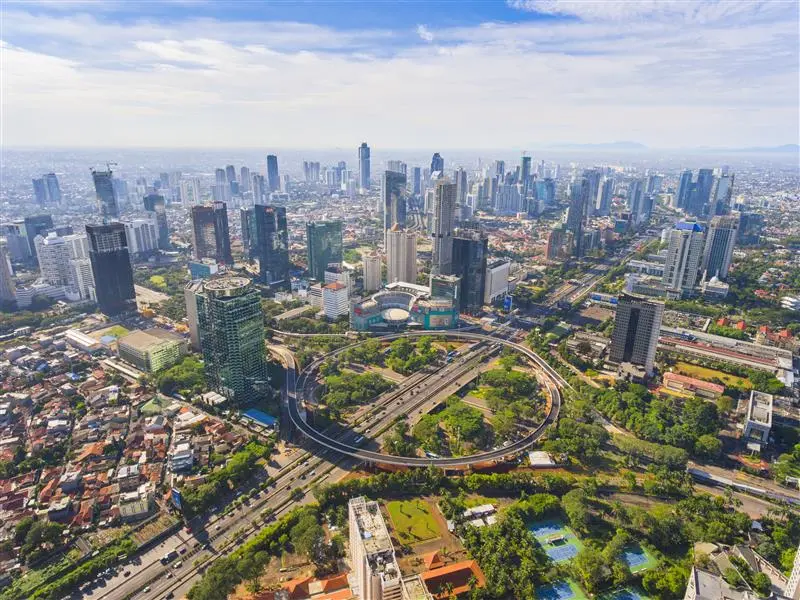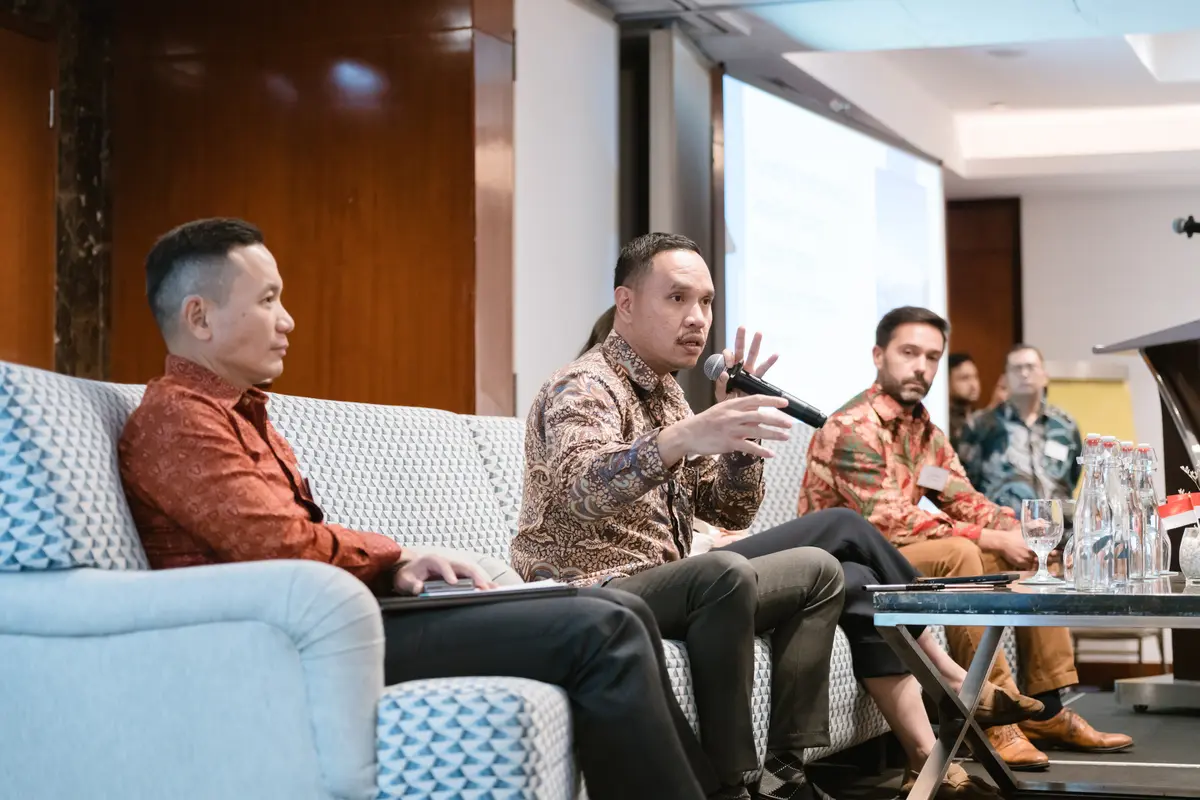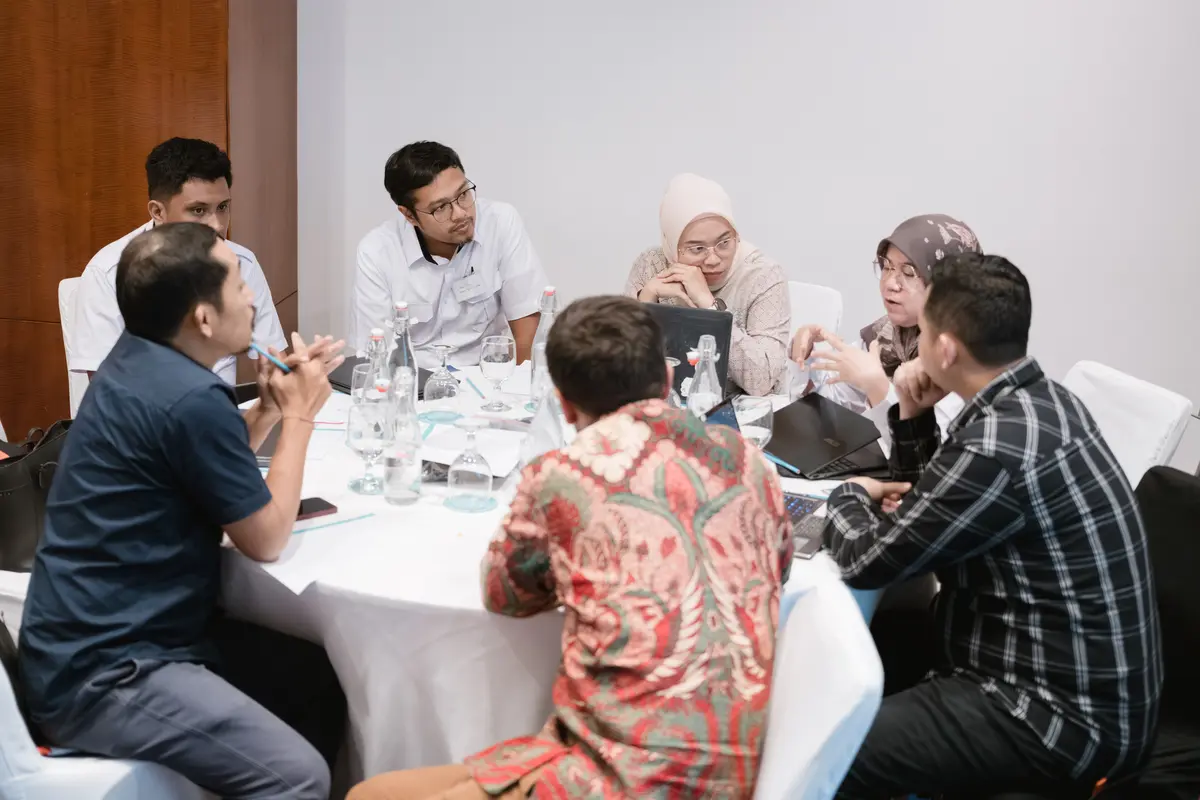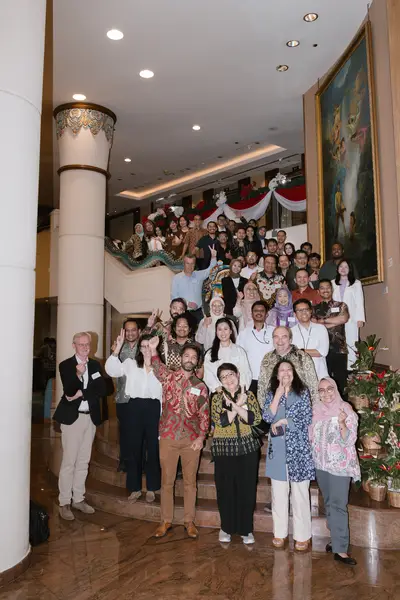
Mobilizing Capital for Climate-Resilient Growth in Emerging Markets
This blog is a part of a series on Trellis Impact 25, an event addressing climate technologies, biodiversity, and clean energy. Read the full series here.
As emerging economies continue to grow, the demand for new, updated, and sustainable infrastructure across energy, transport, and water is rising sharply. At the same time, fiscal pressures are intensifying, making it increasingly difficult for governments to meet these public investment needs.
Blended finance, which combines public, philanthropic, and private capital, has emerged as one of the most effective tools to close this gap. By sharing risk, lowering capital costs, and building investor confidence, blended finance enables projects that might otherwise be too risky or unproven for commercial investors, unlocking billions in new investment for sustainable growth.
At its best, blended finance aligns different types of capital according to their risk appetite and return expectations. Multilateral institutions and development finance actors can take higher-risk positions, such as first-loss tranches, or make early-stage investments to attract private investors into emerging markets or technologies. The key lies in alignment and trust, ensuring that each partner plays the right role.
When done well, blended finance stretches scarce public resources, catalyzes private capital, and drives long-term, sustainable growth.
Practical Insights on Blended Finance from Emerging Markets
Our experience shows that blended finance is not a one-size-fits-all solution -- it depends on finding the right mix of partners, risk-sharing arrangements, and technical assistance to match the context of each project.
In our work developing distributed renewable energy projects across Sub-Saharan Africa, this combination has been critical to moving projects from pilot to scale. Concessional funds enabled off-grid solar companies to test business models and prove repayment reliability, while targeted technical support helped strengthen operations and governance. Once those early results were established, commercial investors followed, scaling businesses that provided access to affordable, reliable energy for millions.
The same principle applies to large-scale sustainable infrastructure. Effective blended finance brings together public institutions, development financiers, and private investors to share risks and align incentives. By pairing financial instruments with robust technical assistance, these approaches can bridge the long timeframe between feasibility studies and financial close.
In sectors like water management and sustainable transport, where returns are realized over many years, this balance of collaboration and support helps align financing with the long-term sustainability of the investment.
Accelerating Indonesia’s Transition: Insights from the FIRST Workshop
The urgency of blended finance is especially evident in Indonesia. Between 2025 and 2029, the country’s infrastructure needs are estimated at IDR 1,905 trillion (USD 117 billion), but projected public and state-owned enterprise budgets will leave a gap of IDR 753 trillion (USD 47 billion). Bridging this deficit requires new approaches that leverage private investment, strengthen institutional capacity, and align infrastructure and fiscal priorities.
Advancing Blended Finance in Indonesia
To help advance this agenda, RTI partnered with KEMITRAAN – the Partnership for Governance Reform to host the Funding Indonesia’s Resilient and Sustainable Transition workshop (FIRST) in Jakarta in August 2025.
The event brought together senior representatives from ministries, state-owned enterprises, development partners, and private investors to explore how blended finance can accelerate climate-resilient infrastructure investment. Discussions topics included:
- Aligning infrastructure priorities with investor interests to catalyze bankable, climate-aligned projects.
- Facilitating dialogue on project pipeline development, regulatory clarity, and risk mitigation.
- Showcasing available blended finance instruments and technical assistance platforms.
- Defining follow-up actions to enhance project readiness and crowd in private capital.

Experts present to FIRST workshop attendees in Jakarta on August 21, 2025.
Key Actions to Scale Climate-Resilient Infrastructure Investment
Building on these themes, participants developed a joint set of Actions for Transformation to scale climate-resilient infrastructure across Indonesia:
- Standardize documentation and procurement to streamline contracting and embed climate-smart specifications through LKPP.
- Institutionalize risk mitigation mechanisms such as sovereign guarantees, escrow accounts, and partial risk guarantees linked to verified performance.
- Scale project preparation support by expanding grant funding for feasibility studies, safeguards, and detailed designs, paired with local capacity building.
- Launch programmatic delivery initiatives in e-bus corridors, public building retrofits, and non-revenue water reduction zones to demonstrate scalability.
- Utilize blended finance facilities to structure green bonds and adaptation-focused investments.
- Deploy digital infrastructure like smart metering and IoT sensors to automate performance monitoring and trigger payments for results-based financing.
- Strengthen subnational capacity through training programs on project development, financial management, and climate risk assessment.

FIRST Workshop attendees participate in breakout sessions to discuss challenges and opportunities with infrastructure financing in Indonesia.
Together, these measures form a roadmap for transforming Indonesia’s infrastructure financing ecosystem from fragmented, project-by-project investments to a coherent, programmatic model capable of attracting large-scale private capital. The workshop report and recommendations are available here for further detail.

Looking Ahead: The Future of Blended Finance and Sustainable Infrastructure
Blended finance is already reshaping how sustainable infrastructure is funded, but its success depends on more than creative structuring. It requires trust and partnerships that unite governments, development partners, and private investors.
For countries like Indonesia, including blended finance in national investment strategies offers a pathway to resilient, sustainable growth at a reduced cost.
We look forward to continuing these conversations at the 2025 Trellis Conference (October 28–30), where we will engage with partners and share insights on how blended finance can drive resilient development across emerging economies.


